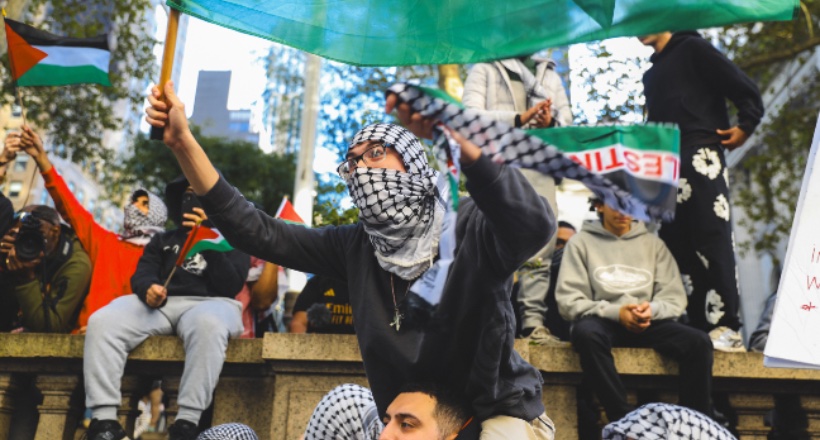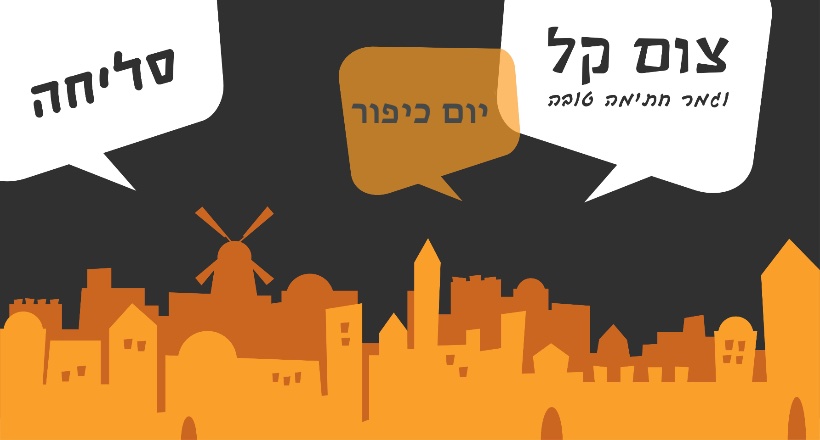Academic Jihad: How Arab Billions Shape the Anti-Israel Agenda in US Campuses
When American universities were engulfed in anti-Israel protests, many wondered: where did such hatred for the Jewish state come from? Why are students, who yesterday didn’t know where Gaza was, today chanting “From the river to the sea” and demanding the destruction of Israel. Where does this wave of hatred among the youth come from? The answer lies not in the events of October 7, 2023, but in the billions of dollars that have been flowing from Arab countries into American universities for decades, capturing not only the podiums in lecture halls and course curricula but also the minds of the new generation.

According to an AICE report based on US Department of Education data, since 1981 Arab countries have invested $14.6 billion in American universities — a quarter of all foreign donations. Qatar leads with $6.6 billion, followed by Saudi Arabia ($3.9 billion) and the UAE ($1.7 billion). But what is alarming is the lack of transparency: 70% of the funds ($10.7 billion) were transferred “without a specific purpose.” For example, Cornell University received eight identical tranches of $99,999,999 — also “without purpose.” Is this just altruism?
The money flowed unevenly. Spikes coincided with key events: after the September 11, 2001 attacks, Arab countries actively “whitewashed” their image, and since 2020 the flow has intensified. 2023 became a record year — the year of HAMAS’s attack on Israel: $1.5 billion in 12 months, more than ever before.
Leaders in Arab grants — Cornell ($2.3 billion), Carnegie Mellon ($1.05 billion), Georgetown ($1.02 billion), Texas A&M ($1.01 billion), Northwestern University ($770 million), Colorado ($640 million), and Harvard ($358 million) — often have branches in Doha and other Arab capitals. It’s no surprise that it’s in these universities that anti-Israel rhetoric flourishes: professors support the BDS movement, and students demand the “liberation of Palestine” from “Zionist occupiers.”
In these universities, Middle Eastern studies programs are systematically rewritten, presenting the conflict one-sidedly. Israel is depicted as a “colonial project,” and Palestinian terrorists as “freedom fighters.” Students are taught not history, but an ideology where there is no place for the millennia-old connection of Jews to this land, the Arab aggression of 1948, or the essence of HAMAS terror. Instead of facts, there are slogans about “genocide in Gaza” and “apartheid.”
For comparison: Chinese donations for the same period are significantly less, and Jewish and Israeli ones are not comparable at all. Qatar alone has invested more in American universities than all Jewish organizations in the world. These funds do not enlighten — they fuel hatred towards the only democracy in the Middle East.
The consequences are already visible: congressmen justifying HAMAS, journalists normalizing terrorism, professors turning lectures into anti-Semitic rallies. If nothing changes, in a decade America will receive a generation of leaders raised on Arab money and anti-Israel ideology.
Comment by the Head of the Department for the Promotion of Aliyah Marina Rosenberg Koritny:
The cynicism of the situation is striking. Regimes where dissent is a crime have turned liberal students into their mouthpieces. Those who stand for LGBT rights and feminism demand the “liberation of Palestine” and the rule of Islamic fundamentalists, for whom their values are a mortal sin. Arab billions have bought not only programs but also the students’ ability to think critically.
For the Jewish diaspora, this is an alarming signal. When university campuses become hotbeds of hatred and find support in the media, it’s time to think: where is the real home? Where is the place where the Jewish people can feel safe and live in accordance with their history and values?





